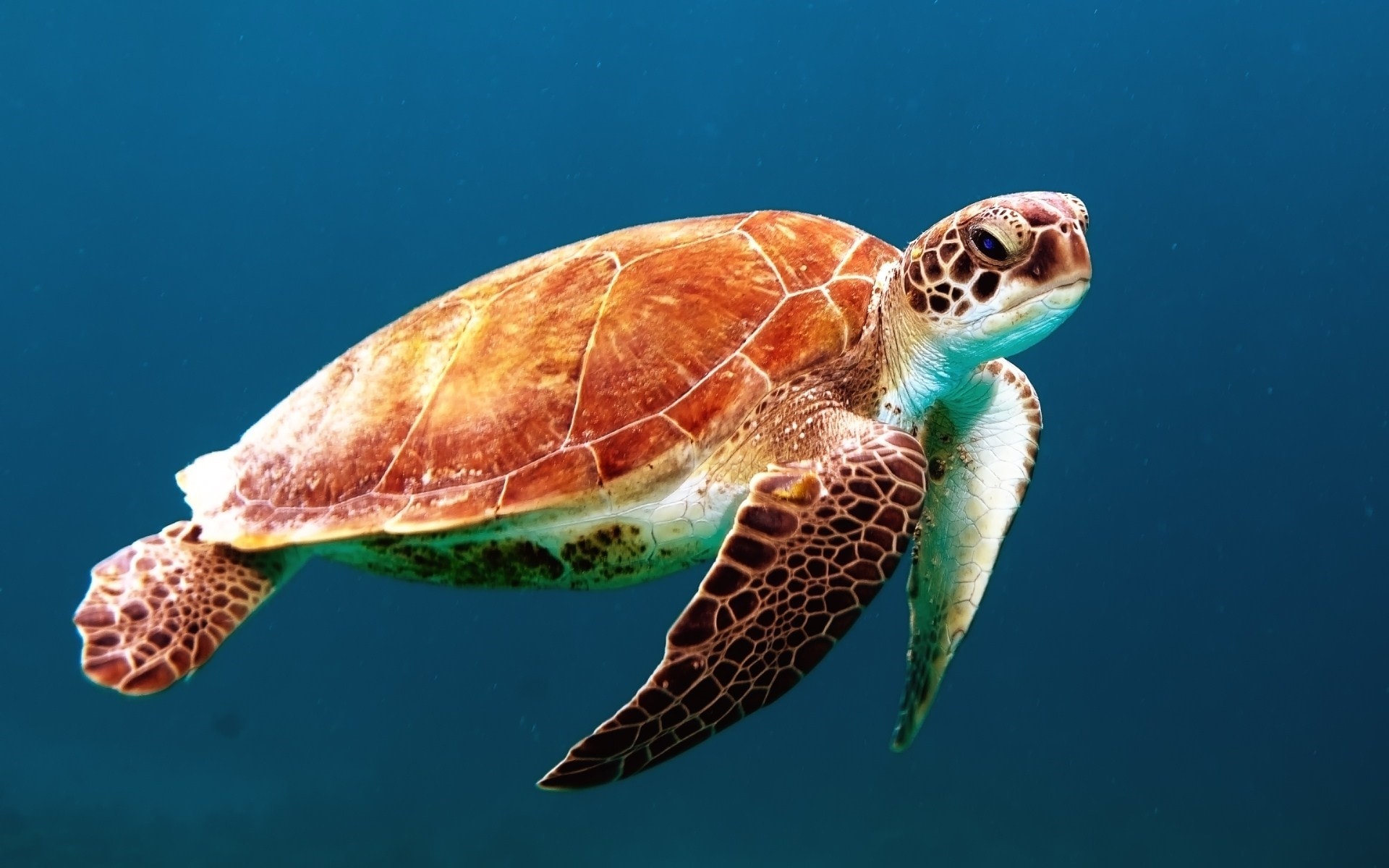PBS.org, April 30, 2023, David Jachowski
Driving north on state Highway 66 through the Fort Belknap Indian Reservation in central Montana, it’s easy to miss a small herd of bison lounging just off the road behind an 8-foot fence. Each winter, heavy snows drive bison out of Wyoming’s Yellowstone National Park – the only place in the U.S. where they have lived continuously since prehistoric times – and into Montana, where they are either killed or shipped off to tribal lands to avoid conflict with cattle ranchers.
In the winter of 2022-2023 alone, over 1,500 bison have been “removed,” about 25 percent of Yellowstone’s entire population. The bison at Fort Belknap are refugees that have been trucked 300 miles to the reservation from past Yellowstone winter culls.
Although bison are the U.S. national mammal, they exist in small and fragmented populations across the West. The federal government is working to restore healthy wild bison populations, relying heavily on sovereign tribal lands to house them.
READ MORE: U.S. to restore more bison herds on tribal lands by tapping Indigenous knowledge
Indeed, tribal lands are the great wildlife refuges of the prairie. Fort Belknap is the only place in Montana where bison, critically endangered black-footed ferrets and swift foxes, which occupy about 40 percent of their historic range, all have been restored.
But Indigenous communities can’t and shouldn’t be solely responsible for restoring wildlife. As an ecologist who studies prairie ecosystems, I believe that conserving grassland wildlife in the U.S. Great Plains and elsewhere will require public and private organizations to work together to create new, larger protected areas where these species can roam.
Rethinking how protected areas are made
At a global scale, conservationists have done a remarkable job of conserving land, creating over 6,000 terrestrial protected areas per year over the past decade. But small has become the norm. The average size of newly created protected areas over that time
frame is 23 square miles (60 square kilometers), down from 119 square miles (308 square kilometers) during the 1970s.
Creating large new protected areas is hard. As the human population grows, fewer and fewer places are available to be set aside for conservation. But conserving large areas is important because it makes it possible to restore critical ecological processes like migration and to sustain populations of endangered wildlife like bison that need room to roam.







